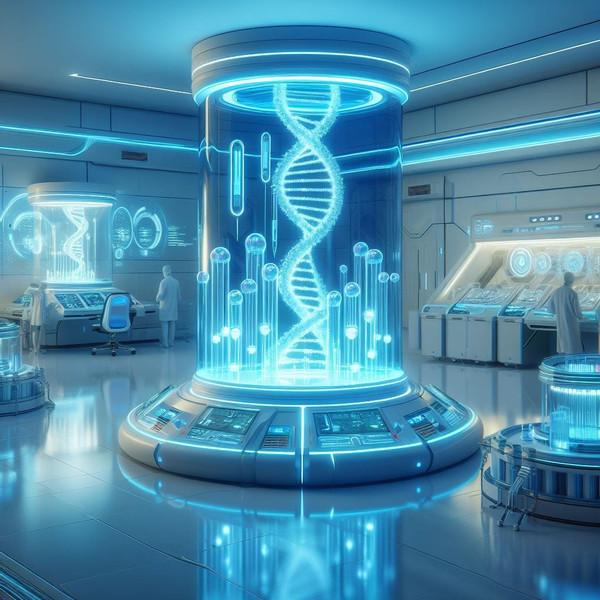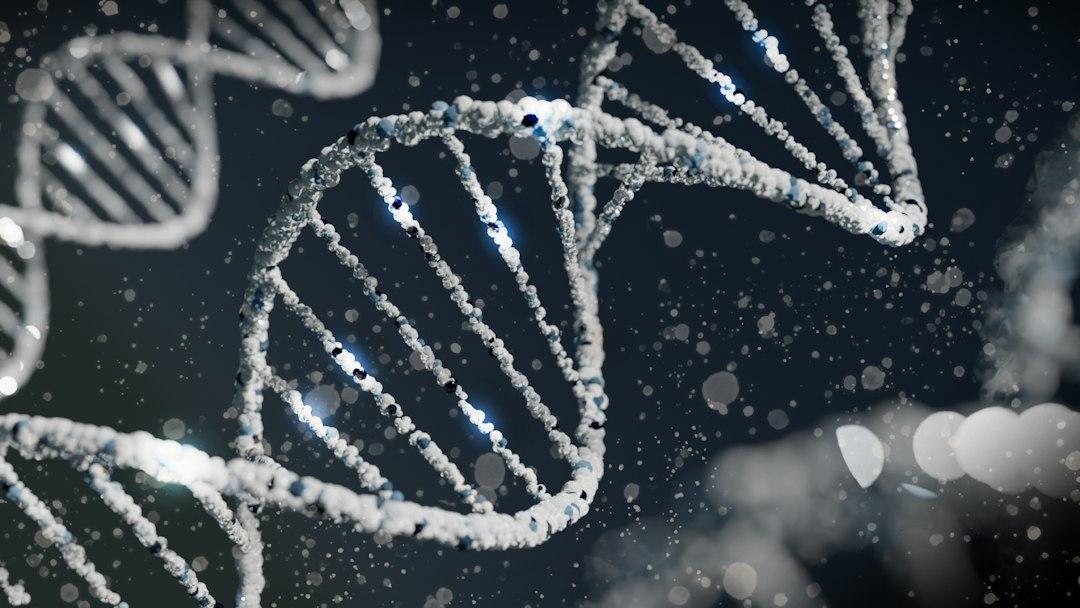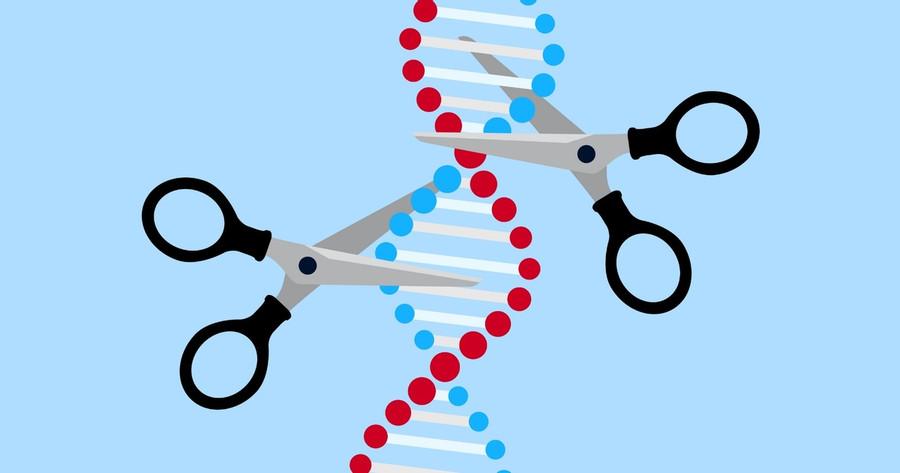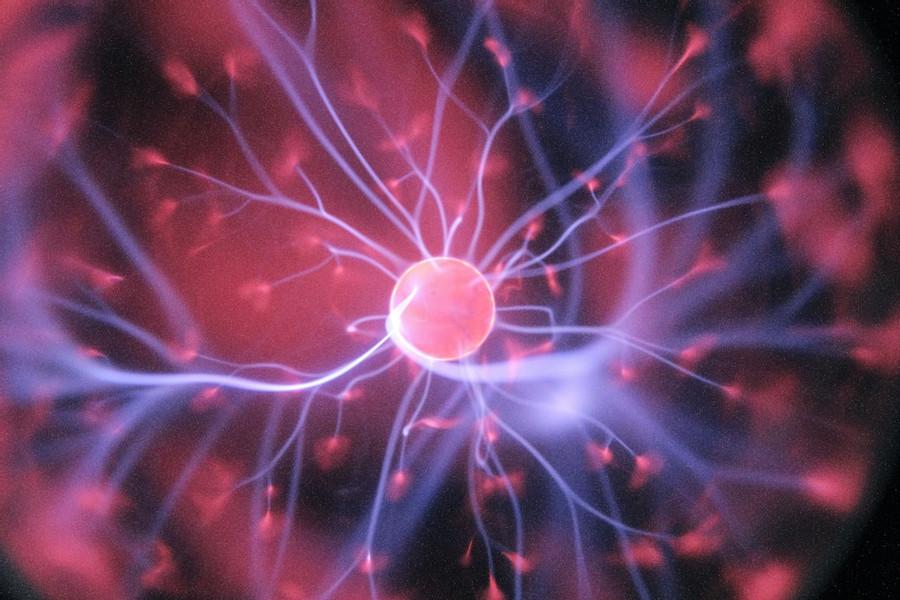This Biotechnology Can Make Precise Changes to your DNA
Curated from: trajectorymatrix.substack.com
Ideas, facts & insights covering these topics:
4 ideas
·520 reads
9
Explore the World's Best Ideas
Join today and uncover 100+ curated journeys from 50+ topics. Unlock access to our mobile app with extensive features.
Gene Editing
Genome or gene editing began as a way to explore the function and structure of DNA, the molecule that carries the genetic information of life. Scientists wanted to understand how DNA works , how it can be changed, and how it can be used to create new traits or correct defects. It was inspired by natural processes, such as the ability of some bacteria to cut and paste DNA, and by the development of tools, such as enzymes and proteins, that could target and modify specific DNA sequences.
Read more here.
9
157 reads
How does gene editing work? (simplified)
Gene editing is like a molecular scissor that cuts DNA at specific spots. When we cut DNA, the cell's natural repair machinery kicks in. Think of it like fixing a torn page—sometimes it may not be perfect. There are two main ways cells fix these DNA cuts: one is like gluing the torn ends together (nonhomologous end joining or NHEJ), and the other is like replacing the torn part with a new piece of paper (homologous repair or HR).
7
126 reads
Gene editing is transformative
CRISPR Babies
- Involves altering genes in human embryos.
- Controversial and banned in many countries due to ethical concerns.
Medical Applications
- Used in developing therapies for diseases like cancer, hemophilia, sickle cell anemia, and cystic fibrosis.
- Gene therapy aims to revolutionize the treatment of genetic disorders.
Agricultural Impact
- Contributes to creating transgenic plants with improved traits
Animal Models for Human Diseases like Alzheimer's, Parkinson's, and diabetes.
- Helps researchers understand disease causes and test potential treatments.
Synthetic Organisms and Industrial Applications
7
119 reads
The dark side of gene editing
- Weapon of mass destruction or a biological warfare tool to target specific genes or groups of people with harmful viruses or organisms.
- Ethical and social dilemmas regarding the value and diversity of human life, the consent and rights of the edited individuals, and the potential discrimination and inequality that may arise from genetic enhancement or modification.
- Unintended and unpredictable effects on the edited organisms, their offspring, and the environment, such as genetic instability, loss of chromosomes, off-target mutations, ecological disruption, and loss of biodiversity.
7
118 reads
IDEAS CURATED BY
CURATOR'S NOTE
Gene tweaking, to redefine your genetic blueprint
“
Similar ideas
14 ideas
The Code Breaker Summary
fourminutebooks.com
1 idea
Read & Learn
20x Faster
without
deepstash
with
deepstash
with
deepstash
Personalized microlearning
—
100+ Learning Journeys
—
Access to 200,000+ ideas
—
Access to the mobile app
—
Unlimited idea saving
—
—
Unlimited history
—
—
Unlimited listening to ideas
—
—
Downloading & offline access
—
—
Supercharge your mind with one idea per day
Enter your email and spend 1 minute every day to learn something new.
I agree to receive email updates




